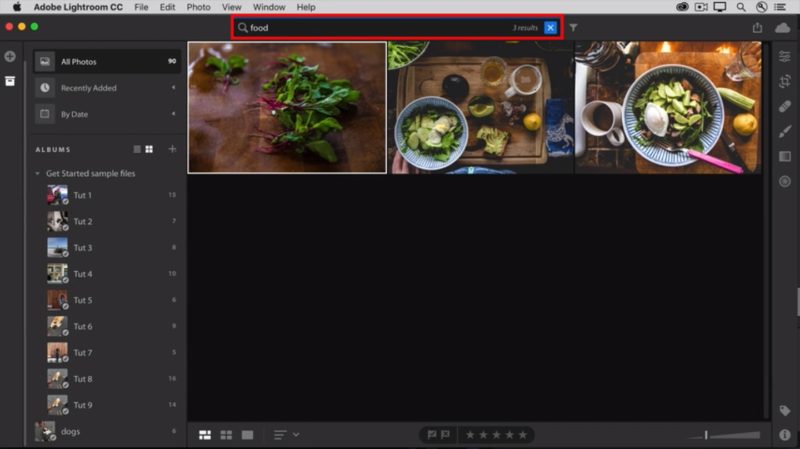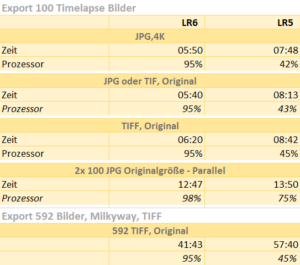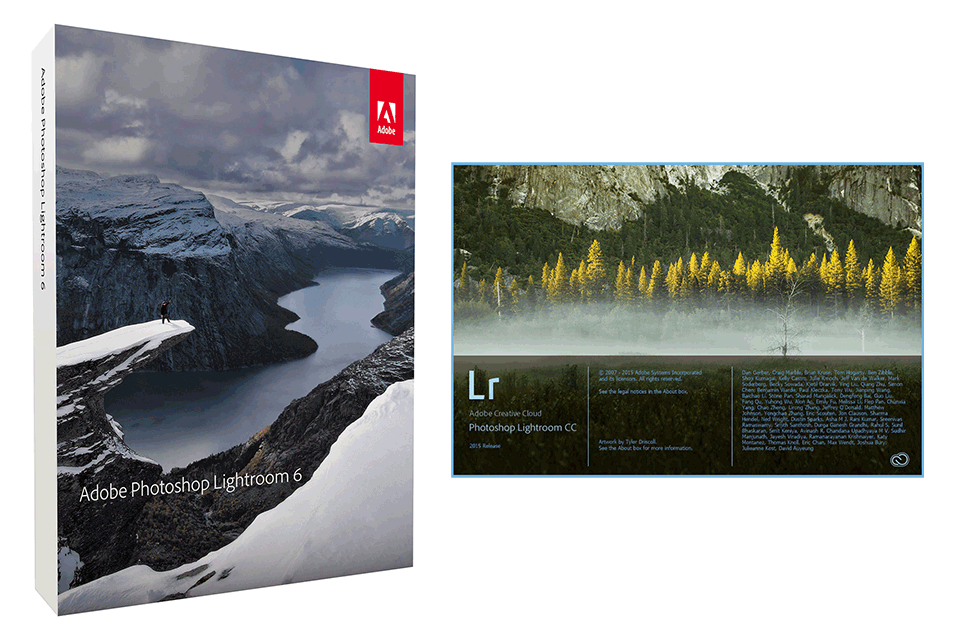

- #Lightroom 6 vs lightroom 5 install#
- #Lightroom 6 vs lightroom 5 upgrade#
- #Lightroom 6 vs lightroom 5 professional#
Download and install Lightroom Classic to update your current Lightroom catalog. It includes Lightroom Classic CC, Lightroom CC, Photoshop CC, access to all of the mobile apps, and 20GB of online storage.

#Lightroom 6 vs lightroom 5 upgrade#
If you answer yes to this question and want to stick with your current workflow, then it’s best to upgrade your current software by purchasing Lightroom Classic CC as part of the Creative Cloud Photography Plan. Because your originals are stored online, they’re automatically backed up as you work - as long as you have a decent internet connection.ĭo you currently own and use a stand-alone (perpetual license) version of Lightroom? It’s intended to provide a seamless experience across all your devices, and everything that you do in Lightroom CC is synced to the cloud. Lightroom CC is designed and built to be simpler, with less of a learning curve for newbies. The Lightroom CC ecosystem is a cloud-centric service with three device-based apps: desktop, mobile and Web. The old, familiar desktop-focused application is now called Lightroom Classic CC, and the new family of cloud-based software is called Lightroom CC. In October 2017, Adobe significantly changed the Lightroom lineup, offering multiple versions of its subscription-based Creative Cloud Photography Plan, and effectively discontinuing Lightroom 6, which until then had been available for purchase as a “perpetual license” rather than via a subscription fee.Įven for experienced Lightroom users, making sense of the new options can be confusing. It’s the perfect companion to Photoshop, and has been the photo-editing industry standard for more than a decade.
#Lightroom 6 vs lightroom 5 professional#
In previous versions Lightroom lacked the ability to soft-proof (simulate printed output on the screen) and support for ICM color profiles for various output devices, but this is no longer true.Lightroom is Adobe’s professional level, one-stop shop for organizing, editing and sharing images. Photoshop CS is a great tool to have to cover the cases where Lightroom is lacking, such as pixel-level editing or modification of your image. It has an ideal price point, making it easy to acquire. It can act as the central tool for managing, editing, and publishing your photographic works. If you want more control and/or have a large catalog of images (more than a few thousand), or want Photoshop-level support of RAW tools, Lightroom is highly recommended. If you do very light weight photography with only the most basic of edits, use Photoshop Elements. Photoshop itself lacks any real kind of library management outside of Bridge.

The most common and useful operations that need to be performed on digital photographs can be completed in much less time with Lightroom. Photoshop lacks some things provided by Lightroom, however, particularly its ease of use and clean workflow designed specifically to optimize a photographers image management, editing, and publishing. For a photographer, Photoshop brings HDR generation and editing, panoramic stitching, and a whole host of additional tools that are not available in Lightroom.

It's capabilities extend far beyond photographic editing and support artistic image creation and editing of a very wide variety. It is a low-level tool, giving you direct and total control over pretty much any edit you can think of. Photoshop CS is the ultimate image editing program. New publishing modules in Lightroom 3 allow direct upload of your images and metadata to sites like Flickr and Facebook. Lightroom also offers some rich tools that go beyond the basic on-screen editing, including print and book creation, slideshow generation, and web site publishing. noise reduction and sharpening), as well as some advanced features like camera and lens profiles to correct distortion and vignetting. It is designed to expose the key tools important to editing digital photographs, such as a histogram, white balance and tone adjustments, color adjustments, detail adjustments (i.e. It is specifically geared towards the digital photographer with an advanced workflow, RAW image support, and extensive library management capabilities. Photoshop Lightroom is a professional image editing package. It is limited, and if you do a lot of photographic editing, you will eventually run into Elements' many limitations. Adjustment layers allow non-destructive editing to a degree, however there are fewer adjustments possible in Elements than Photoshop. It has some rich capabilities, and supports all the common editing capabilities of Photoshop. It provides image editing and some library management capabilities. Photoshop Elements is an entry-level image editing package. The three tools approximate three general levels of functionality and capability.


 0 kommentar(er)
0 kommentar(er)
